Pura Vida From Costa Rica
- Live Well Travel
- Apr 1, 2018
- 5 min read
Hola amigas! Costa Rica is truly one beautiful place to visit. Having traveled here 5x, I always learn something new and amazing about this countryside. From the people to the food to the tranquil beauty and traditions, it’s truly a place to visit! It’s not only a rainforested Central American country with coastlines on the Caribbean and Pacific, but this country has beaches, volcanoes, and monkeys too. Roughly a quarter of its area is made up of protected jungle, and wildlife including spider monkeys and quetzal birds.
Did you know: Costa Ricans refer to themselves as “Ticos” (males) and “Ticas” (females). Foreigners are often called “Gringos” (males) and “Gringas” (females). These words are a term of fondness or affection towards others!
If you are planning your next get away to Costa Rica, one term you should be familiar with is “Pura Vida” (pronounces poo-rah vee-dah). Simply translated, it means “simple life” or “pure life”, but in Costa Rica, it is more than just a saying—it is a way of life. Why do Costa Ricans say Pura Vida? Costa Ricans use this term to say hello, to say goodbye, to say everything's great, to say everything's cool. But it truly defines the way that Costa Ricans live. They have a very relaxed, simplistic, no worries way of life. It means not dwelling on the negative and staying focused on the positive. Thus, it’s the reason why so many come to this place to find their zen and inner peace!
Food: One of the best ways to enjoy this country is to eat like a local. The majority of meals are made from scratch with a whole lot of TLC. A typical breakfast can include a plate of beans, eggs, homemade corn tortillas, sweet plantains, and local cheese. Of course, it wouldn’t be a day in Costa Rica without some delicious rice and beans too. Costa Rica is also well-known for its gourmet coffee beans with the famous Tarrazú considered among the finest beans in the world. In fact, coffee is one of the most famous Costa Rican exports!
Drink: You would be remiss visiting Costa Rica without trying the national drink, the Jaguar Colada (also knows as the guaro sour). It’s a refreshing yummy drink that compares to a vodka lemonade (depending on how it’s made). Every Latin American country has it’s own cane liquor. It is similar to vodka but with a lower alcohol content. In Costa Rica, that cane liquor is called guaro. The key ingredient is cane sugar. The legal drinking age in Costa Rica is 18. The law provides an exception for anyone who is 16 or 17 years of age, and consumes a fermented alcoholic drink with a meal, in a part of a licensed premises that serves meals and is not a bar.
Family Traditions: It is not uncommon for individuals to come home for lunch, including children from school. Family is a very important component of Costa Rican culture.
Places To See: Guanacaste, spanning the northwestern corner of Costa Rica, tends to be one of my favorite places to visit. The surfer town of Tamarindo offers surfing lessons, beaches and a hippie vibe. Hike the volcanoes, spend some time in the Cloud Forest, walk on hanging bridges and see the waterfalls. For the outdoors enthusiast, this place is a nature wonderland. If you are a yoga lover, enjoy some namaste amidst the lush greenery. There is so much biodiversity around you everywhere you look. You would be remiss if you didn’t check out Arenal Volcano National Park, combining history and biodiversity. One of the trails offer the opportunity to walk through an ancient lava flow originated by a big eruption in 1992. You can gather amazing pictures of Arenal Lake and Volcano from the base. If you prefer a spa day, head to one of many hot springs in the area and see the beautiful scenery around you! If you like adventure...zipline, ATV, horseback riding and even a natural man made water slide await you!
Driving On The Roads: In Costa Rica, all you need is a valid driver’s license from your home country to operate a vehicle. Be sure to have your passport or a copy handy in case you get pulled over. There is no requirement for an international driver’s license. However, driving in Costa Rica can be intimidating for a first- or even 5th time visitor. If you are a first time visitor, I suggest you hire a private guide or take a bus or shuttle to where you want to go. Enforcement is another issue. The rules are bent everywhere you go. As an example, it’s very common in rural areas to see entire families on motorcycles with kids at a very young age riding sandwiched between mom and dad.
Roads vary from well paved two-lane highways to pothole-ridden dirt roads with treacherous river crossings. Many of the roads have been worked on, but once you get out of the city, conditions can change a lot. Costa Rica’s topography is extremely diverse, with everything from lofty mountains and low visibility cloud forest to flat plains and farm fields. While many areas are accessible without four-wheel drive, many are not. Needless to say, expect a very bumpy ride anywhere you go. And what may be only 30 miles away may take you a couple of hours.
Weather Permitting: If you’re traveling in the rainy season (May to November), something to watch out for is washouts and landslides. Forecasting the weather in Costa Rica is a complicated job. Because this country is so close to the equator, it’s nestled between two oceans and several mountain ranges, so it makes weather forecasting unpredictable.
Costa Rica has two seasons: the dry season and the rainy or “green” season. During the months of December to April, the dry season, much of the country experiences little if any rain. The truth is that when it rains in Costa Rica, it can come down very hard but it usually doesn’t last for too long. A typical day in the rainy season starts off beautiful and sunny, with clouds starting to build around mid-day, and then heavy rain or thunderstorms come in the late afternoon or evening. A storm might last only an hour or two, but it could dump a couple of inches in that time. Other times it can be cloudy and trying to rain all day but never really amount to a storm.
Travel Tip: Be flexible with your plans. Don’t schedule all your activities in advance if they are weather dependent. That way, if it’s pouring rain, you can swap out a day at the beach for a visit to a waterfall, which is just as nice in the rain. Oh and get in your activities in the morning when it is far less likely to rain.
Currency: While US dollars are widely accepted throughout the country, it’s not a bad idea to have some local currency with you as well. The currency is the Costa Ricans colones. It is about 566.9 colones to every dollar. .
Health Tip: Tap water in Costa Rica is drinkable and, in many areas of the country, quite good. However, if you have a sensitive stomach, it's recommended to refrain from drinking the tap water in most beach destinations. To play it safe, visit any supermarket and buy bottled water. The majority of hotel properties have bottled water readily available to help you stay hydrated!
Financial Wellness Tip...plan to purchase extra insurance if you plan to vacation here. Having a separate travel insurance policy might be a good idea in the case that something happens. Your normal health insurance, Medicare or Medicaid will not be accepted and will not pay for any care you need while in Costa Rica. So check with your local travel agent to inquire about the policies that cover trip cancellation, lost baggage, medical costs, and emergency evacuation. After all, your health is your biggest wealth!
How can I help you plan your upcoming get away? Check out my website, see the latest travel tips and destinations, LIKE us on Facebook and help spread the word.
Empowering you to live well + travel!







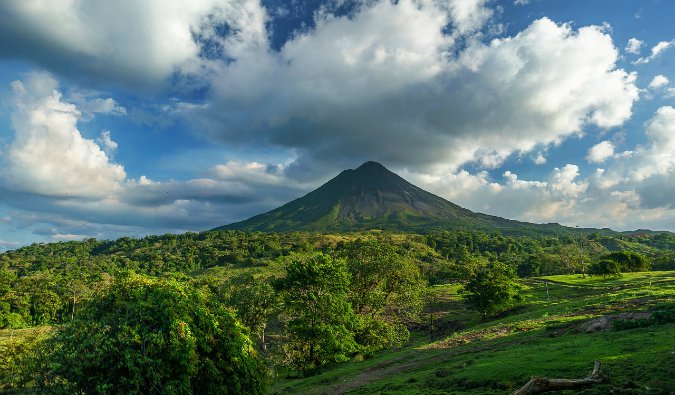

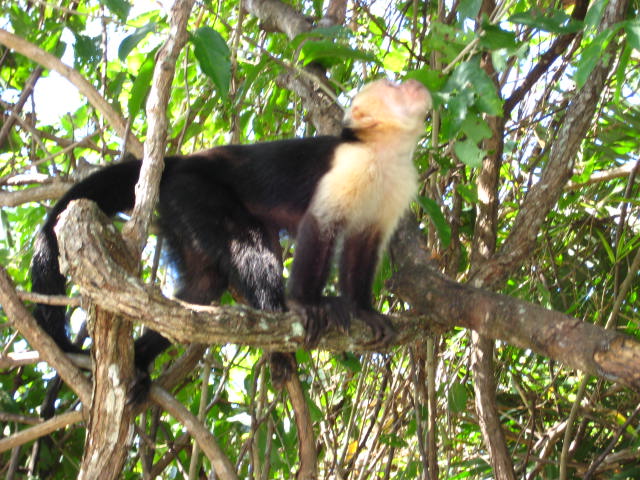

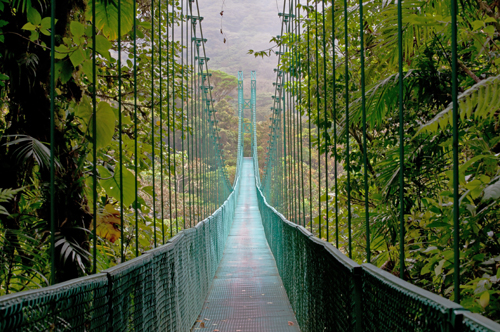

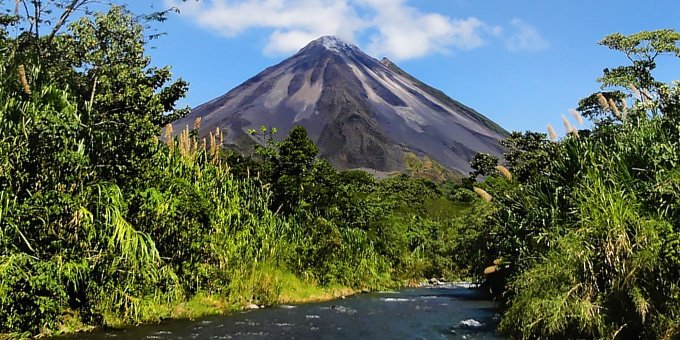

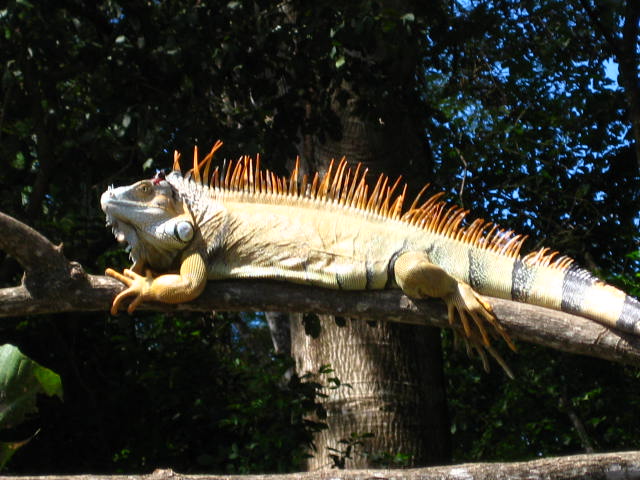


Comments